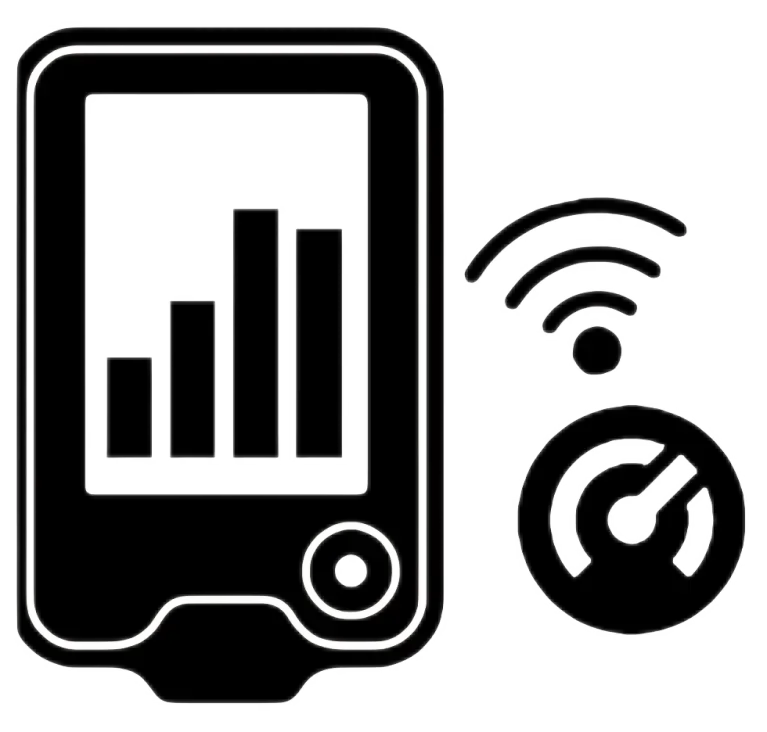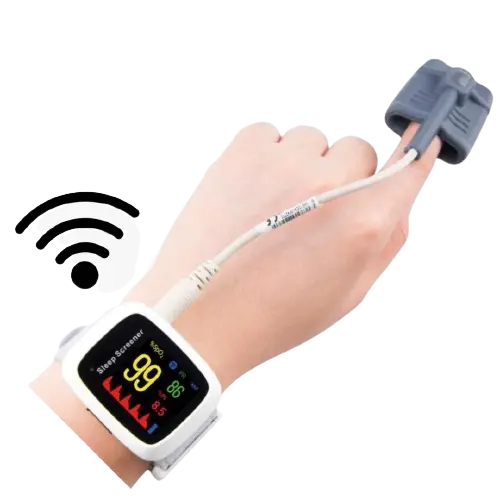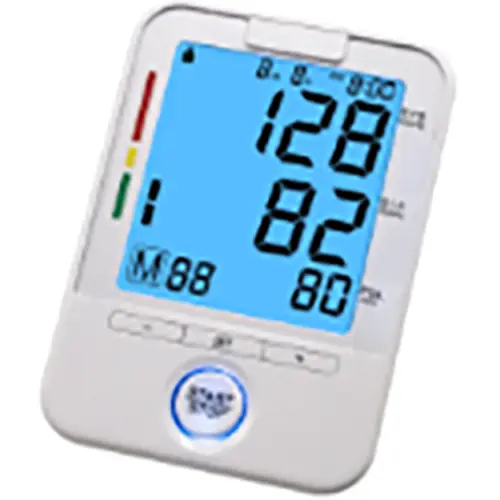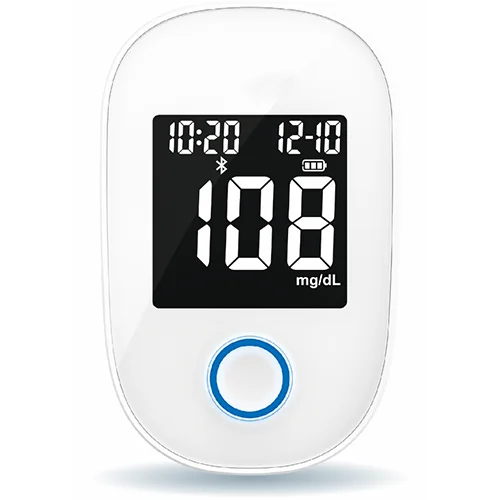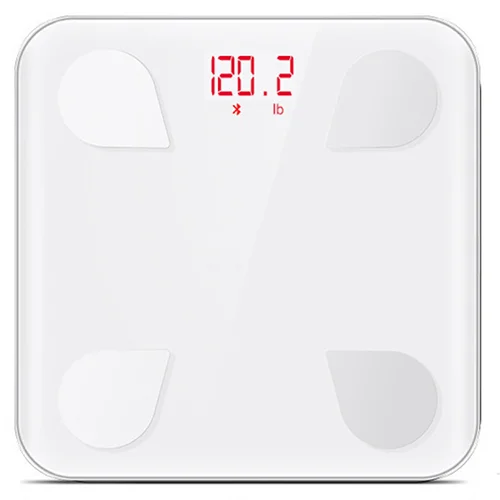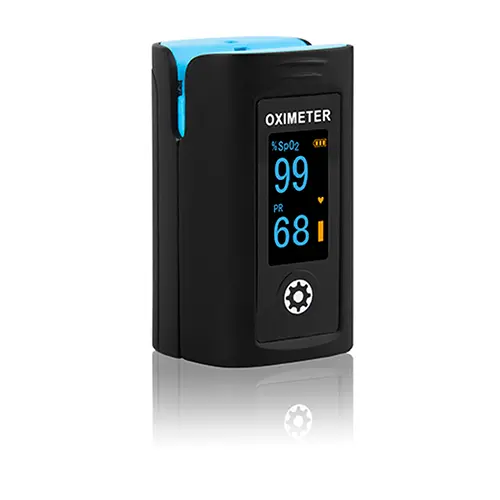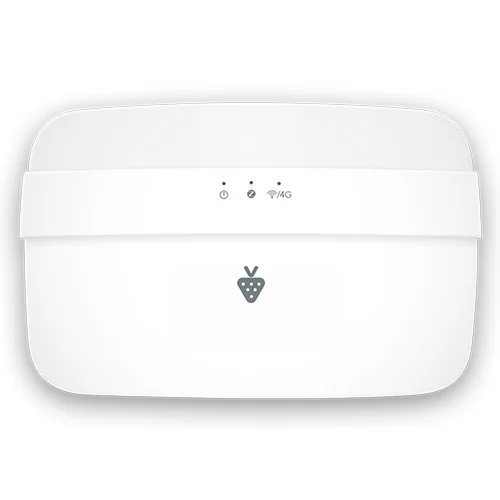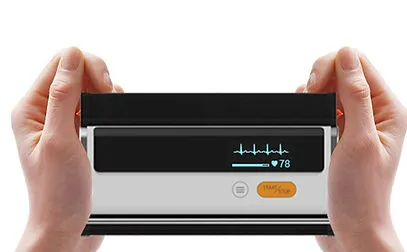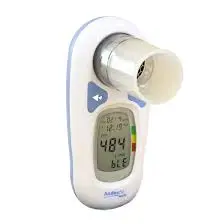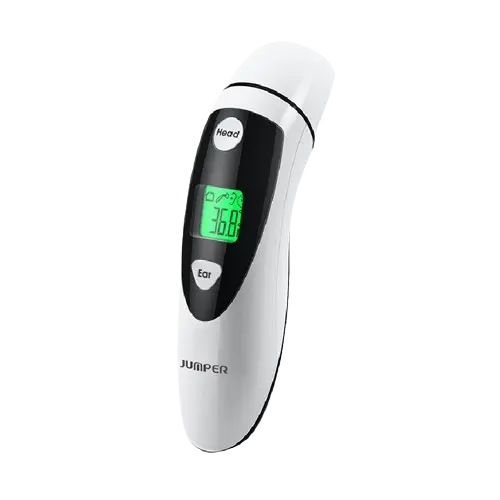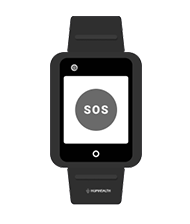Different RPM Device Configurations
Best Price Guaranteed
Humhealth is unparalleled when it comes to pricing transparency in setting up Remote Patient Monitoring packages. It’s because we want everyone to get their pick of remote patient monitoring devices to start their desired RPM program. The program complements other CMS programs listed on our website, such as Chronic Care Management, Principal Care Management and Behavioral Health Integration.
-
Option A
$3 per month per patient for Humhealth RPM fee including Bluetooth Integration.
Rechargeable Weight Scale
Rechargeable Glucometer
Glucometer Box of 50 Test Strips
Glucometer Box of 100 Lancets
Glucometer Lancing Device
Blood Pressure Monitor
Pulse Oximeter
ECG With BP
Peak Flow Meter
Thermometer
-
Option B
Technology:
4G Gateway uses broadband or 4G technology to transmit vitals
Easy-to-Use:
Simple interface and wireless connectivity make it user-friendly for elderly Patients, Just turn on the device and take readings.
Drop Shipment
Drop shipment of shared 4G Gateway to Two Patients in a Household.
Gateway (per household)
Rechargeable Weight Scale
Rechargeable Glucometer
Glucometer Box of 50 Test Strips
Glucometer Box of 100 Lancets
Glucometer Lancing Device
Blood Pressure Monitor
Pulse Oximeter
ECG With BP
Peak Flow Meter
Thermometer
-
Option C
4G Devices
Drop Shipment
Drop shipment to the Patient Home with 4G devices assigned to the Patients.
4G Blood Pressure Monitor
4G Weight Scale
4G Blood Glucose
4G Pulse Oximeter
-
Option D
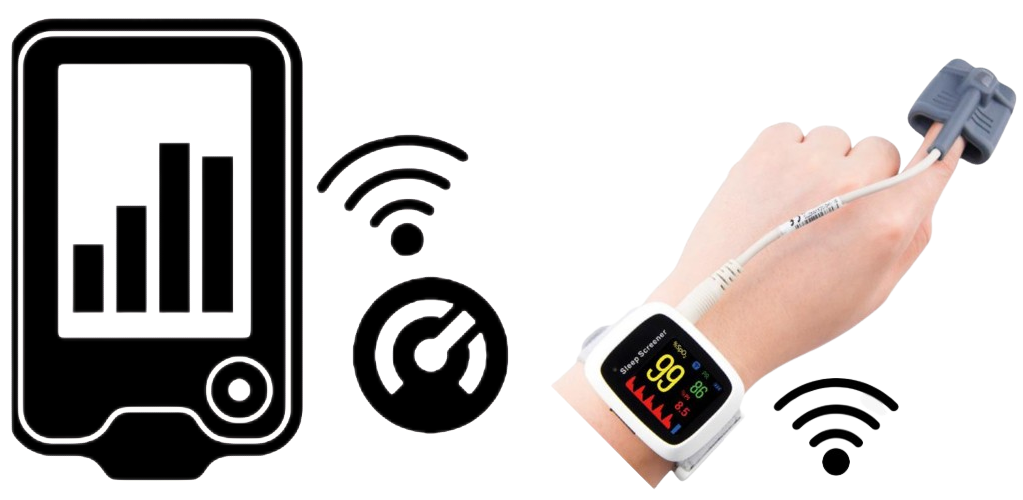
Continuous Vital AnalysisHumhealth provides a stream of continuous vital data for analysis.
Continuous Glucose Analysis
Continuous Pulse Analysis
Key Features
Multiple Choices of FDA Approved Devices (Bluetooth and 4G)
Vital Alert to Care Team
Automatic Time Tracker for Physiologic Monitoring and Patient Communication
Vital Measurement Compliance Tracking
Comprehensive RPM Analysis Report
Text Message Alert to Take Missed Vital Readings
RPM Workflow
-

1
Patient Enrollment
-
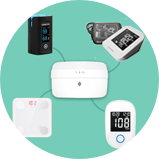
2
Device Setup (Bluetooth, 4G, Gateway)
-

3
Device Demo and Training
-
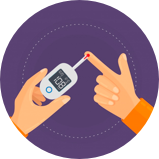
4
Vital Measurement
-
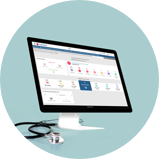
5
Physiologic Monitoring
-
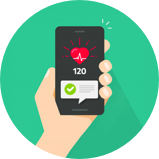
6
Vital Alert for readings outside Normal Range
-
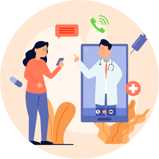
7
Interactive communication with patient (Text Message, Voice Call, Video Call)
-
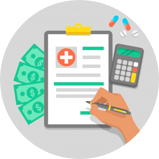
8
RPM Reimbursement
Remote Patient Monitoring (RPM) Codes
We cover the complete list of remote patient monitoring billing codes that make up the initial remote patient monitoring devices set up, education to staff and patients, monthly transmission of physiological data, and remote care management activities.-
CPT 99453
- Set-up patient instructions and education regarding the use of RPM equipment
- Must be ordered by physician or Qualified Health Care Professional (QHCP)
- Billed one-time per patient, minimum 16 calendar days of monitoring through device readings
-
$18
-
CPT 99454
- Devices supply with daily recordings or programmed alerts transmission
- Must be ordered by physician or QHCP
- Billed for a calendar month, minimum 16 calendar days of monitoring through device readings
-
$54
-
CPT 99457
- RPM treatment management services, requiring interactive communication with the patient/caregiver
- Performed by clinical staff under general supervision
- Billed for a minimum of 20 minutes in a calendar month
-
$48
-
CPT 99458
- Reported in conjunction with 99457 to report each additional 20 minutes of time
- Performed by clinical staff under general supervision
- Billed for additional 20 minutes in a calendar month as an Add-on to 99457
-
$39
-
CPT 99091
- RPM treatment management services, requiring interactive communication with the patient/caregiver
- Performed by physician, other QHCP
- Billed for a minimum of 30 minutes in a calendar month
-
$54
-
CPT G0511
- RPM Service for Rural Health Clinic (or) Federally Qualified Health Center
- Performed by clinical staff under general supervision
- Billed for a minimum of 20 minutes in a calendar month
-
$67.03
FAQ
- Keeping people healthy
- Reducing the number of hospitalizations
- Reducing readmissions
- Reducing hospital length of stay
- Reducing patient, provider, and overall healthcare costs
- Permitting older and disabled individuals to remain at home longer and delay or avoid moving into skilled nursing facilities
- RPM is considered a specific subset of telehealth. One can use the phrase ‘telehealth’ to refer to RPM, but telehealth can also refer to many other types of remote healthcare services.
- RPM is the use of a device for interaction between providers and patients outside of the provider’s organization. Telehealth is the use of electronic information and telecommunications technologies to support long-distance clinical care, patient and professional health-related education, public health, and health administration.
